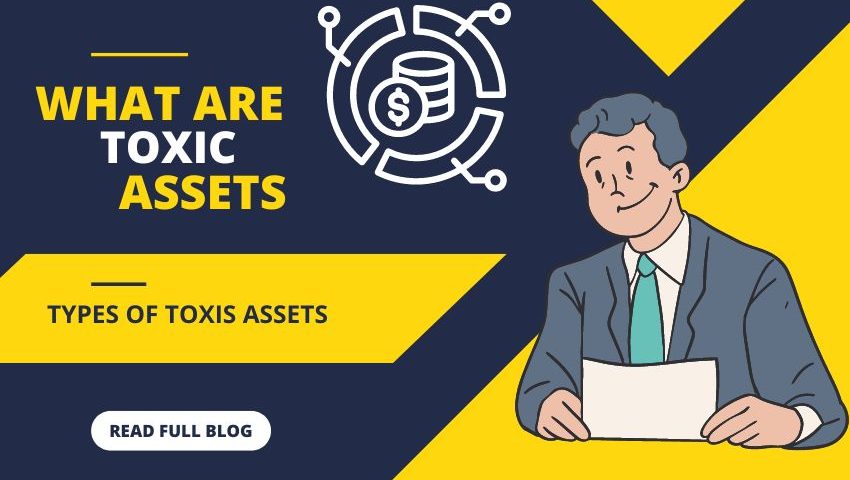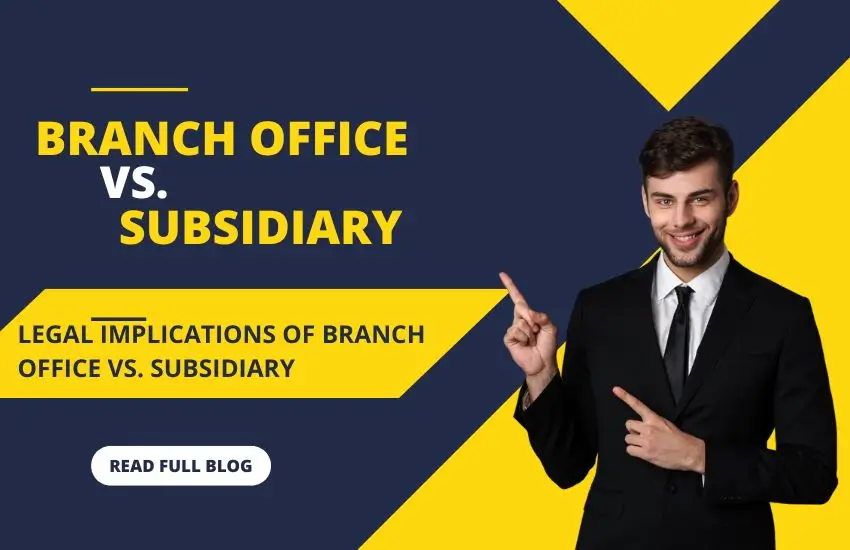What are Toxic Assets ? Types, impacts

Risks of Trading Crypto, A full Guideness for Beginners
October 3, 2024
Understanding the Cup and Handle Formation: A Comprehensive Guide
October 7, 2024What Are Toxic Assets?
In the financial world, a “toxic asset” is a term used to describe an investment that has significantly dropped in value and is unlikely to recover its original worth. These assets are often linked to high risks and poor returns, making them highly unattractive to investors. But what exactly causes an asset to become “toxic,” and why should financial institutions and individual investors be wary of them?
Origins of the Term “Toxic Assets”
The phrase “toxic asset” gained widespread recognition during the 2008 financial crisis. It was primarily used to refer to mortgage-backed securities (MBS) and other related financial products that became nearly worthless after the housing market collapsed. The term paints a vivid picture of assets that are damaging and difficult to handle, much like toxic waste.
Types of Toxic Assets
Toxic asset come in various forms, and while they are often related to mortgages, other financial products can also be categorized as toxic. Some of the most common types include:
Subprime Mortgages
These are home loans given to borrowers with poor credit histories, making them high-risk investments. During the 2008 financial crisis, many subprime mortgages defaulted, turning these loans into toxic assets for banks and financial institutions.
Junk Bonds
Also known as high-yield bonds, junk bonds are issued by companies with lower credit ratings. The potential for high returns is offset by the significant risk of default, which can render these bonds toxic if the issuing company fails to meet its obligations.
Non-performing Loans
A loan becomes “non-performing” when the borrower is no longer making scheduled payments. These loans weigh down banks and financial institutions since they provide no income and are difficult to recover.
How Do Assets Become “Toxic”?
Assets become toxic when they lose their value and liquidity, meaning they can no longer be easily sold or traded. This usually happens when the underlying assets (such as mortgages or loans) default or underperform. As a result, the holder of the asset faces significant financial losses. The asset’s inability to generate income or returns and the high risk of continued devaluation make it “toxic.”
Impact of Toxic Assets on Financial Institutions
Toxic asset can have a devastating effect on financial institutions. When banks and investment firms hold large amounts of toxic, their balance sheets suffer. This reduces capital, limiting their ability to lend money or invest in other opportunities. In some cases, toxic asset can lead to the failure of financial institutions, as seen in the 2008 crisis.
The 2008 Financial Crisis and Toxic Assets
The 2008 financial crisis was largely fueled by toxic asset. Mortgage-backed securities (MBS) were at the heart of the crisis. These securities were bundles of home loans that banks sold to investors. When the housing market collapsed, so did the value of these securities, turning them into toxic asset.
Role of Mortgage-Backed Securities
Mortgage-backed securities were seen as safe investments before the crash. However, when borrowers began defaulting on their mortgages, the value of these securities plummeted. Banks and financial institutions holding these MBS found themselves stuck with assets that were nearly impossible to sell.
Consequences for the Global Economy
The ripple effect of toxic assets caused massive financial instability worldwide. Banks failed, unemployment soared, and economies shrank. The U.S. government had to step in with bailouts to prevent a complete collapse of the financial system.
Toxic Assets and Government Bailouts
To stabilize the financial system, governments around the world intervened with bailouts. In the U.S., the Troubled Asset Relief Program (TARP) was created to buy toxic assets from banks and other institutions. This helped prevent further economic fallout but was also criticized for bailing out irresponsible financial behavior.
The Long-Term Effects of Toxic Assets on the Economy
While the immediate crisis has passed, the long-term effects of toxic asset are still felt today. The global economy took years to recover, and the fear of another asset bubble remains. Toxic asset continue to serve as a reminder of the importance of sound financial practices and regulation.
How Toxic Assets Affect Individual Investors
While toxic asset primarily impact large financial institutions, individual investors are not immune. Those who unknowingly invest in toxic assets can face significant losses. Whether through retirement funds, stocks, or bonds, the risks can trickle down.
Risks for Retail Investors
Retail investors may be exposed to toxic assets through mutual funds, ETFs, or other investments. If these funds hold toxic asset, investors may suffer losses without realizing the source of the risk.
Ways to Mitigate Exposure
To avoid toxic asset, investors should perform thorough due diligence. Diversifying investments, staying informed about market trends, and regularly reviewing portfolios can help mitigate the risk of holding toxic asset.
How to Identify Toxic Assets in a Portfolio
Investors should be vigilant about identifying potential toxic assets. Look for assets that are underperforming or have significant risk factors, such as high default rates. Additionally, keeping an eye on industry trends and economic indicators can provide early warnings of trouble.
Examples of Toxic Assets in Recent Years
Although the 2008 crisis is the most famous example, toxicassets have surfaced in other forms over the years. For instance, certain corporate bonds, emerging market debts, and distressed real estate projects have been categorized as toxic in recent times.
Toxic Assets in Developing Markets
Developing markets often have less regulatory oversight, which can lead to the creation of toxic assets. Poor lending practices, political instability, and economic volatility can all contribute to the rise of assets in these regions.
The Role of Rating Agencies in Classifying Toxic Assets
Rating agencies like Moody’s and Standard & Poor’s are responsible for evaluating the risk of financial products. However, during the 2008 crisis, they were criticized for failing to identify toxic assets. Today, investors rely on these agencies to provide accurate assessments, but skepticism remains.
Legal and Regulatory Responses to Toxic Assets
In response to the crisis, governments around the world introduced stricter regulations to prevent the buildup of toxic assets. The Dodd-Frank Act in the U.S., for example, introduced reforms aimed at reducing risky financial practices.
Future of Toxic Assets in a Post-Crisis Economy
While toxic assets may never fully disappear, the financial world has become more cautious since 2008. Improved regulation, greater transparency, and increased scrutiny of high-risk investments have helped reduce the likelihood of another crisis.
Conclusion
Toxic assets represent a significant risk to both financial institutions and individual investors. Understanding their origins, identifying them early, and taking steps to mitigate exposure is crucial for maintaining financial stability. Although the world is more aware of the dangers these assets pose, constant vigilance is necessary to avoid another global crisis.
FAQs
What are some examples of toxic assets?
Examples include subprime mortgages, junk bonds, and non-performing loans.
How did toxic asset contribute to the 2008 financial crisis?
Toxic assets, particularly mortgage-backed securities, lost value when borrowers defaulted, leading to massive financial losses for banks and investors.
Can retail investors avoid toxic assets?
Yes, through diversification, due diligence, and regularly reviewing their portfolios, retail investors can minimize exposure to toxic assets.
Are there any benefits to investing in toxic assets?
While they carry high risk, some toxic asset offer the potential for high returns if the underlying conditions improve, though this is rare.


